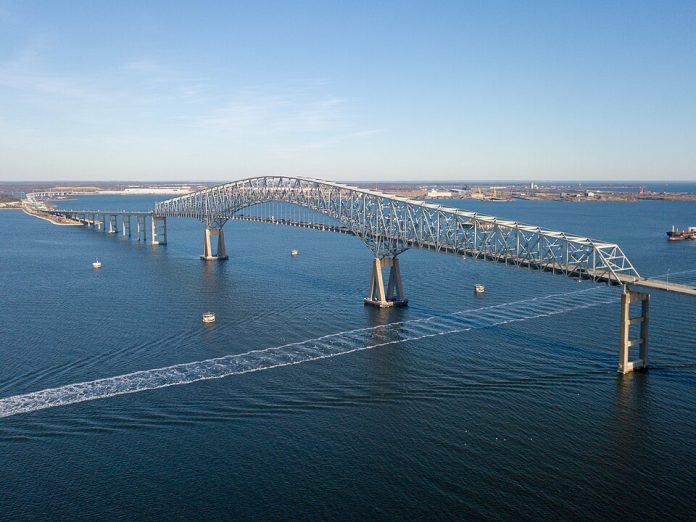
That a single mislabeled wire-installed more than a decade prior-could set off a chain reaction powerful enough to destroy a 1.7-mile steel truss bridge is staggering. Yet that is what the National Transportation Safety Board has concluded following its 20-month investigation into the March 26, 2024, collapse of Baltimore’s Francis Scott Key Bridge.

1. The Electrical Failure That Started It All
The 947-foot, neo-Panamax container ship Dali lost propulsion and steering when a signal wire, its ferrule partially blocked by a misapplied identification label, loosened from a breaker terminal. The poor connection knocked out critical systems, including the bow thruster, water pumps, and vessel lighting. NTSB Chair Jennifer Homendy described the difficulty of detecting the fault: “Locating a single wire that is loose among thousands of wires is like looking for a loose bolt in the Eiffel Tower.” The intermittent failure of the wire over years of vibration made detection during routine inspections unlikely without advanced diagnostic tools such as infrared thermography.

2. Backup Systems That Couldn’t Recover
Although the crew immediately reset the breaker, the ship’s backup systems were unable to fully recover. A flushing pump that was being used as a fuel oil service pump provided fuel to two generators but was unable to automatically restart after the blackout. It had to be manually restarted by going down two decks in near darkness to the purifier room, which proved to take too much time as the vessel continued to drift toward the bridge. The NTSB determined the pump’s utilization was a violation of classification society blackout recovery requirements, which call for redundancy in fuel delivery systems and strict adherence to design-intended configurations.
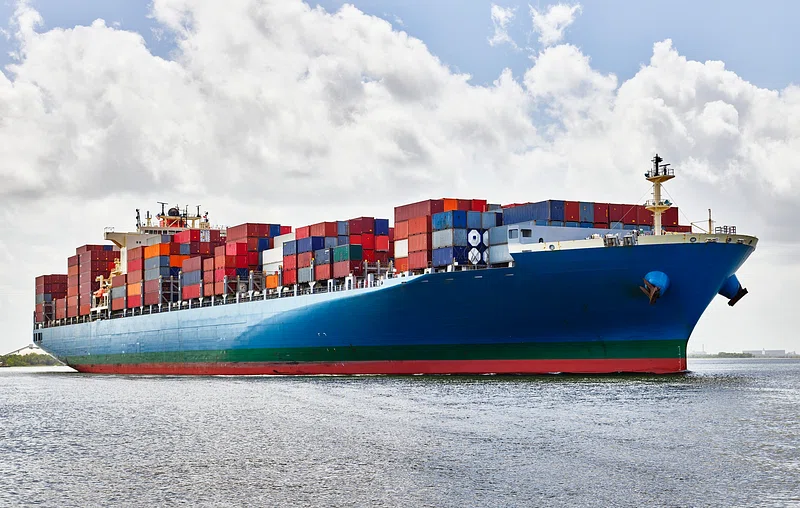
3. A Second Blackout Seals the Ship’s Fate
The second blackout occurred when fuel pressure dropped, starving the generators. This left the Dali powerless just three ship lengths from the bridge. The vessel slipped past two 28-foot-wide protective dolphins and struck a main pier with a force nearly five times the structure’s lateral capacity. Calculations show that with a deadweight of 117,000 tonnes and a speed of roughly 5 knots, the impact force exceeded 100 meganewtons equivalent to more than 24 million pounds.
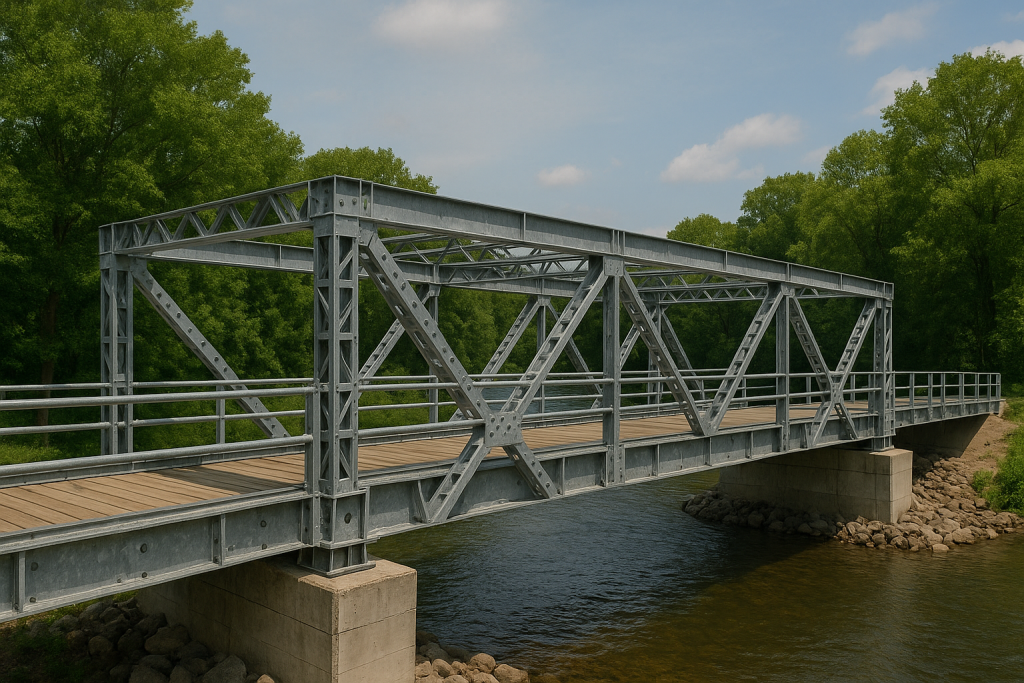
4. Bridge Vulnerability and Lack of Countermeasures
The Key Bridge was completed in 1977, prior to current AASHTO vessel collision design standards. No vulnerability assessment had been performed, despite guidance on recommending such studies for bridges over navigable waterways. Using conservative criteria, NTSB engineers computed that the bridge’s risk from vessel impact collapse was about 30 times the acceptable threshold for critical structures. Existing dolphins failed since the Dali approached at an angle and bypassed the intended protection zone.

5. Communication Failures Cost Lives
While Maryland Transportation Authority (MDTA) police closed the bridge to traffic 48 seconds before impact, the eight construction workers repairing potholes received no warning. NTSB highway factors engineer Scott Parent observed that if workers had been alerted at the same time as police, they would have had “about 1 minute and 29 seconds to evacuate.” Six workers were killed when the truss went down two survived. The Board noted that there were no American National Standards Institute guidelines on emergency communication for work zones over navigable waters.
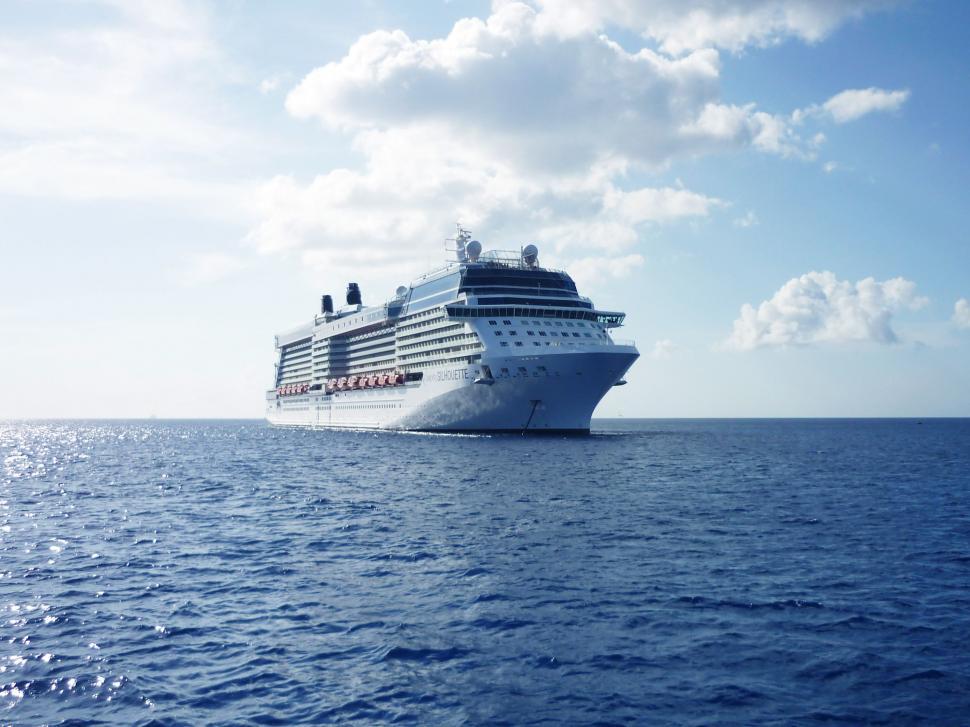
6. Engineering Lessons for Ship Systems
The Dali’s failure to recover from the blackout underlines the need for robust electrical redundancy and competent crew. Class society and insurer guidelines emphasize prevention proper maintenance of fuel and lube oil systems, segregation of auxiliary power sources, and realistic blackout drills. Modern ships’ integrated power management systems can overwhelm crews with alarms-up to 1,000 in 10 seconds during a blackout-making clear alarm prioritization essential.

7. Rebuilding for the Future
The new Key Bridge will have a 1,665-foot main span supported by 600-foot pylons, with a deck height of at least 230 feet to permit larger vessels. A robust pier protection system-perhaps with dolphins, islands or other energy-absorbing structures-will be designed to current AASHTO guidelines. The rebuild’s cost is now pegged between $4.3 and $5.2 billion, more than double initial estimates, with material price inflation and the resilience measures’ complexity driving up the price tag. Completion is expected at the end of 2030.
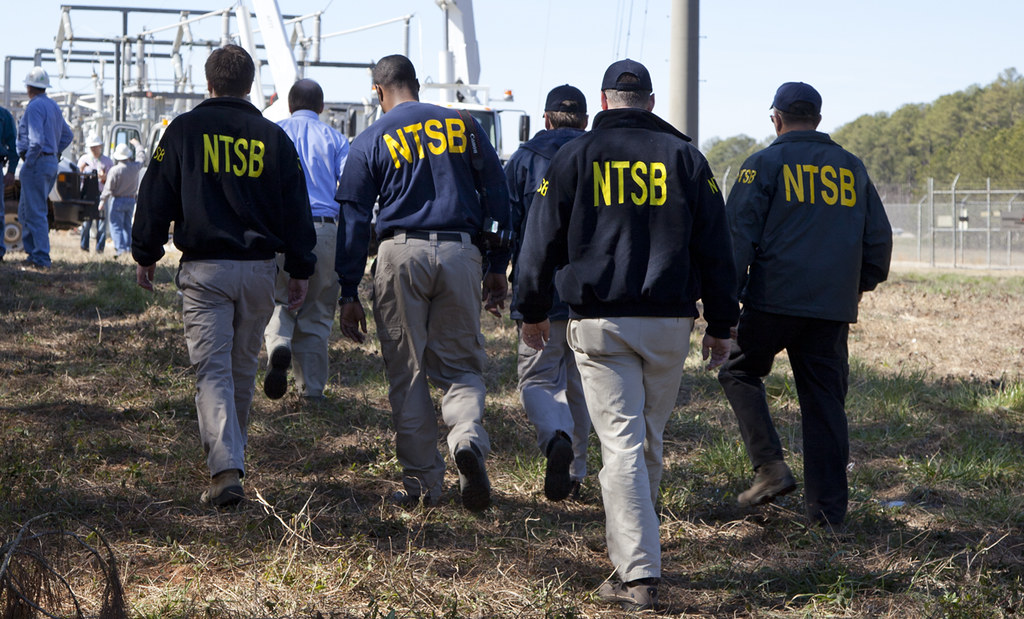
8. Wider consequences for maritime infrastructure
In March 2025, NTSB called for vulnerability assessments for 68 bridges across 19 states. Of 35 assessments completed, 22 bridges exceeded acceptable risk thresholds, prompting risk reduction planning. The failure of the Key Bridge is illustrative of a complex interplay among marine engineering, structural design, and emergency management-all part of which failures in any single domain can lead to catastrophic outcomes.
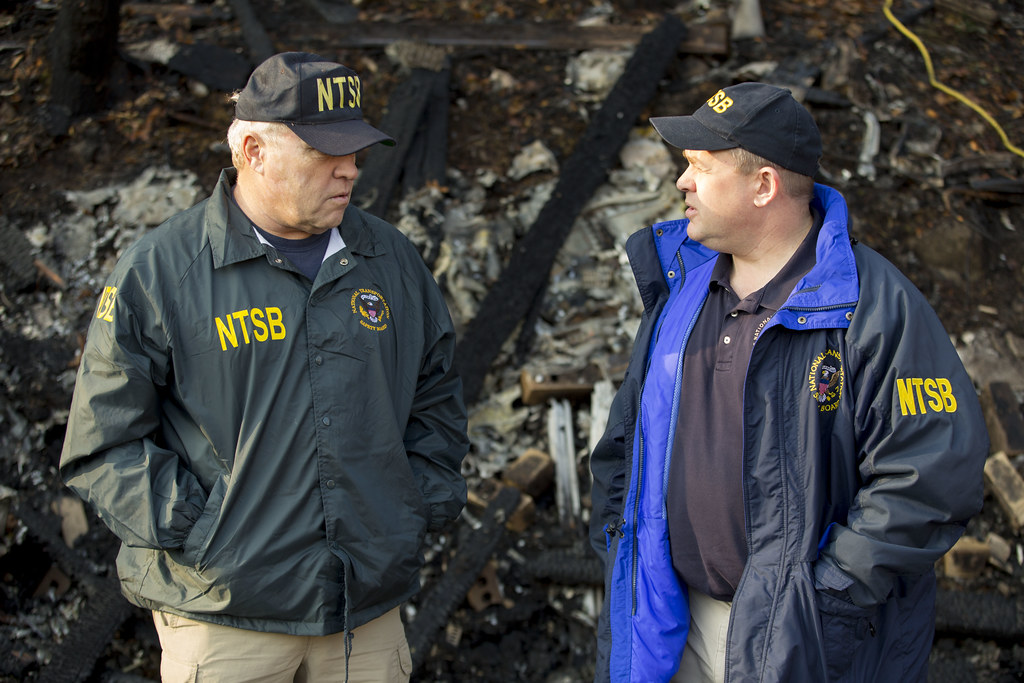
The 17 safety recommendations from the NTSB call for errant vessel detection technology, structural countermeasures, and immediate motorist and worker warning systems. With growing ship sizes and increasing port traffic, bridge and vessel design will have to evolve together to keep rare but high-consequence events from being tragedies.
